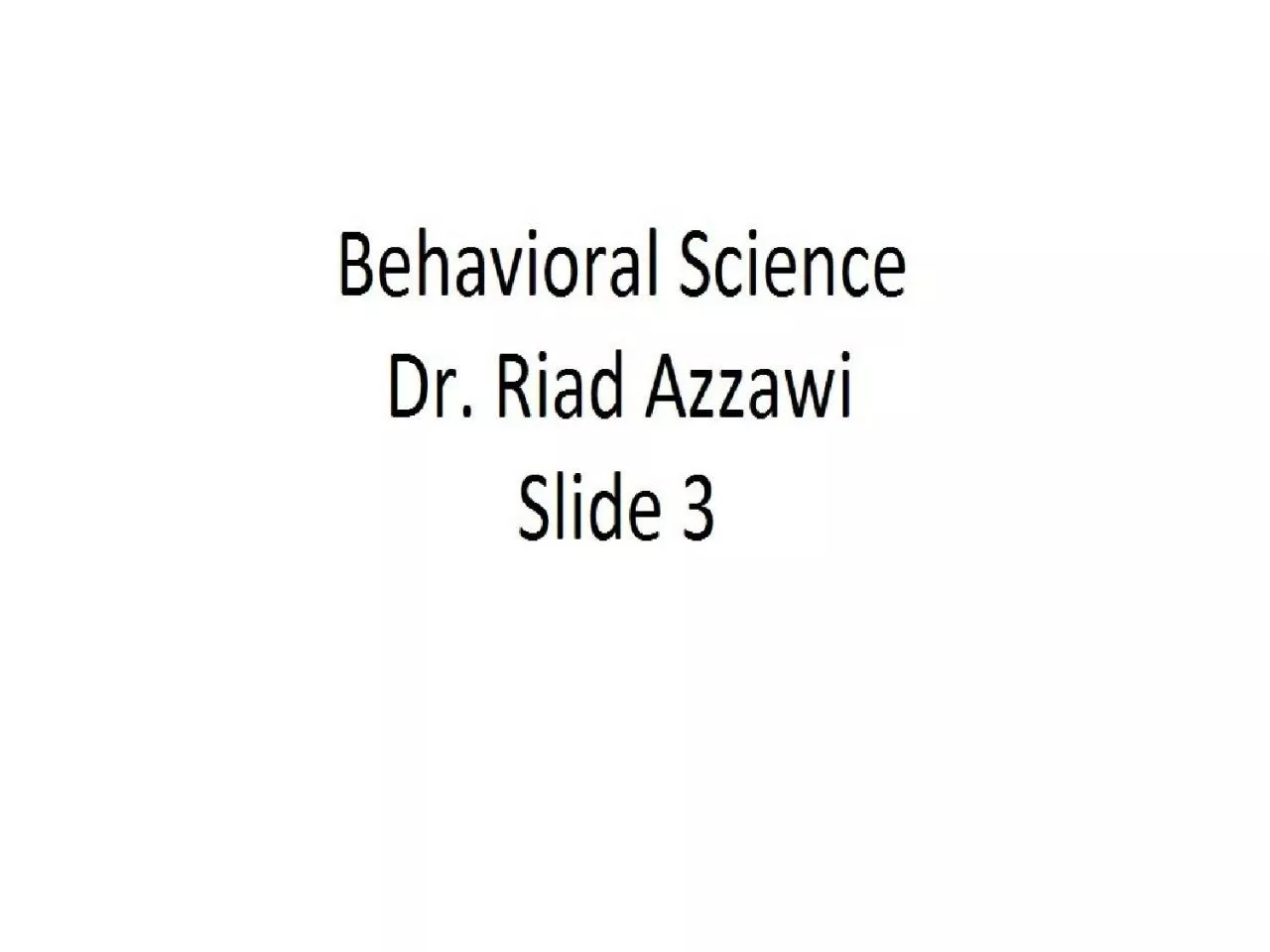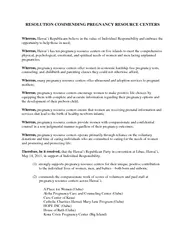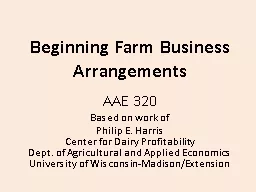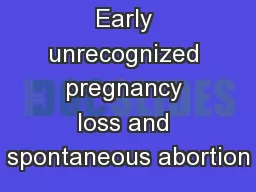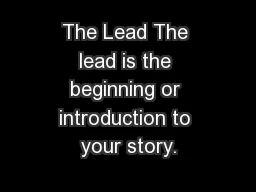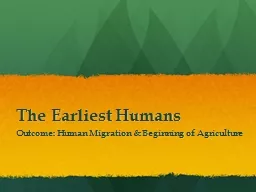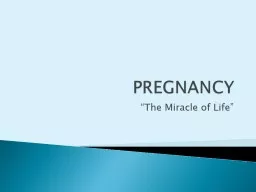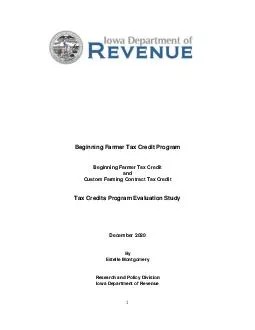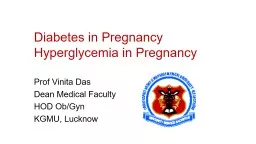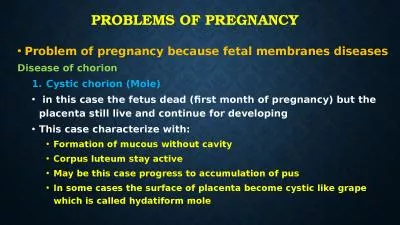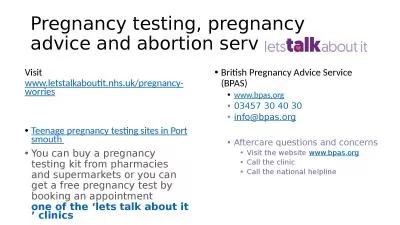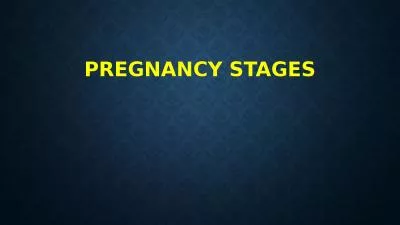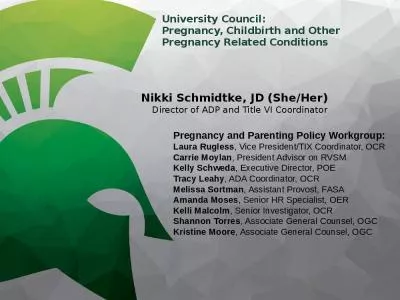PPT-The beginning of life: PREGNANCY
Author : MoonBabe | Published Date : 2022-08-04
through preschool Faculty of MedicinePsychiatry introduction As we journey through lifefrom womb to tombwhen and how we develop Developmental Psychology is a branch
Presentation Embed Code
Download Presentation
Download Presentation The PPT/PDF document "The beginning of life: PREGNANCY" is the property of its rightful owner. Permission is granted to download and print the materials on this website for personal, non-commercial use only, and to display it on your personal computer provided you do not modify the materials and that you retain all copyright notices contained in the materials. By downloading content from our website, you accept the terms of this agreement.
The beginning of life: PREGNANCY: Transcript
Download Rules Of Document
"The beginning of life: PREGNANCY"The content belongs to its owner. You may download and print it for personal use, without modification, and keep all copyright notices. By downloading, you agree to these terms.
Related Documents

